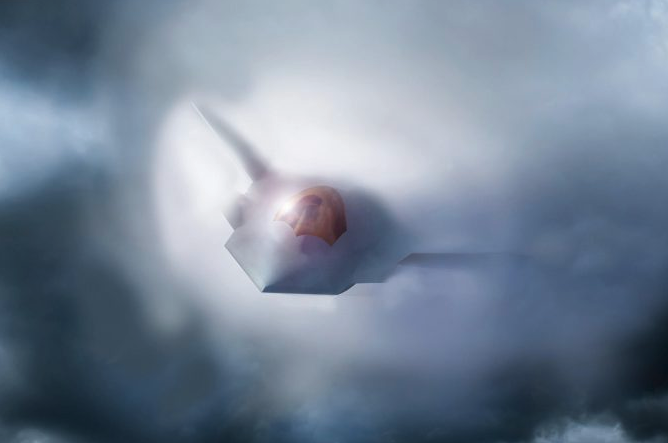Why Boeing, Not Lockheed Martin, Is Building the F-47 Fighter

In March 2025, the U.S. Air Force announced Boeing—not Lockheed Martin—as the prime contractor for its sixth-generation stealth fighter program. The decision marked a major shift in U.S. defense aviation, as Boeing will develop the first aircraft from the Next Generation Air Dominance (NGAD) program, officially designated the F-47. According to the Air Force, the F-47 will offer a 50% range increase over the F-35, speeds exceeding Mach 2, and stealth capabilities surpassing even the F-22 Raptor.
The choice surprised many, given Boeing’s recent production and quality-control issues. Lockheed Martin, builder of the F-22 and F-35, seemed the obvious candidate, while Northrop Grumman—maker of the B-2 bomber—was also expected to compete. However, after Northrop exited the NGAD race in 2023, the competition came down to Boeing and Lockheed. The Air Force ultimately selected Boeing, citing its proposal as offering the “best overall value to the government,” signaling not just cost efficiency but superior performance or innovation.
Details about the NGAD prototypes remain classified. Both Boeing and Lockheed built full-scale demonstrators, though no public images have been released. Industry insiders suggest the aircraft shares features with the B-21 Raider, including a tailless design and a wide fuselage optimized for stealth and long-range missions. Lockheed’s decision not to protest the award hints that Boeing’s prototype achieved a genuine technical edge.
The F-47 designation, meanwhile, carries symbolic meaning. Air Force Chief of Staff General David Allvin said the name honors the World War II-era P-47 Thunderbolt, commemorates the founding year of the U.S. Air Force (1947), and acknowledges the 47th president’s support for next-generation defense programs.
Boeing’s challenge now lies in delivering on its ambitious promise. The company aims to field the first operational F-47 squadrons by 2029, though analysts predict the aircraft won’t enter full service until the early 2030s. If successful, the F-47 will represent a leap in U.S. air superiority—combining extreme stealth, extended range, and advanced AI-driven “loyal wingman” drone integration to define the future of aerial combat.
Related News: https://airguide.info/?s=boeing, https://airguide.info/?s=Lockheed+Martin
Sources: AirGuide Business airguide.info, bing.com, yahoo.com
